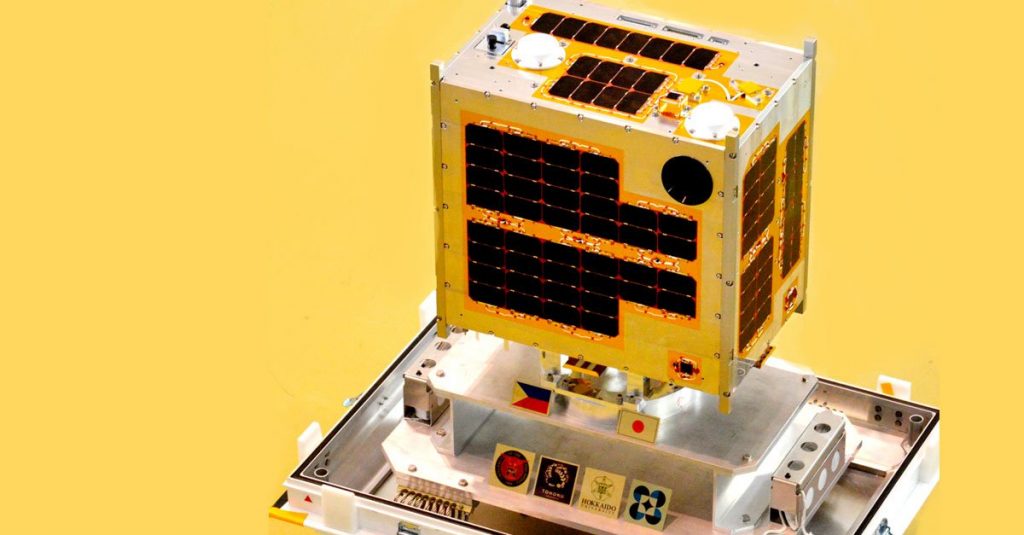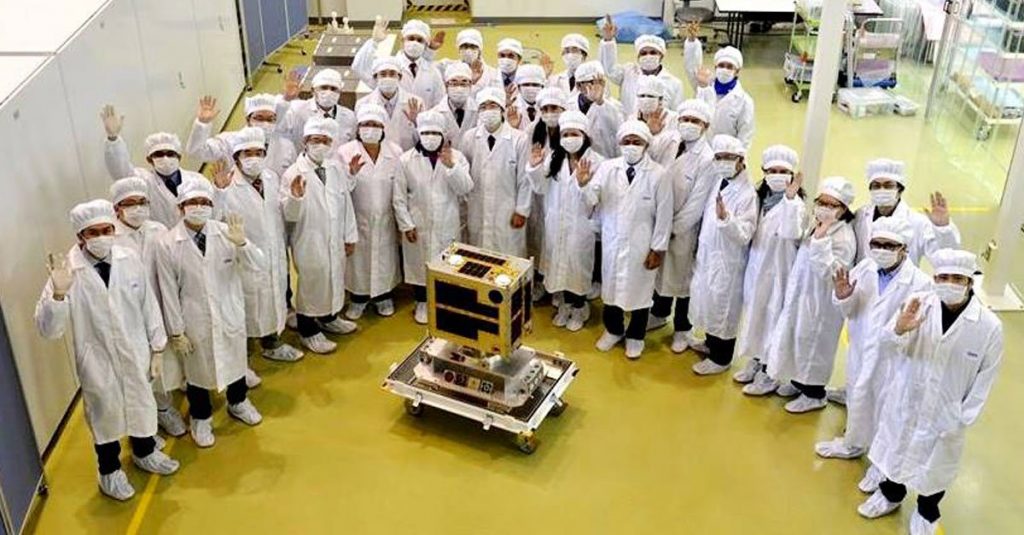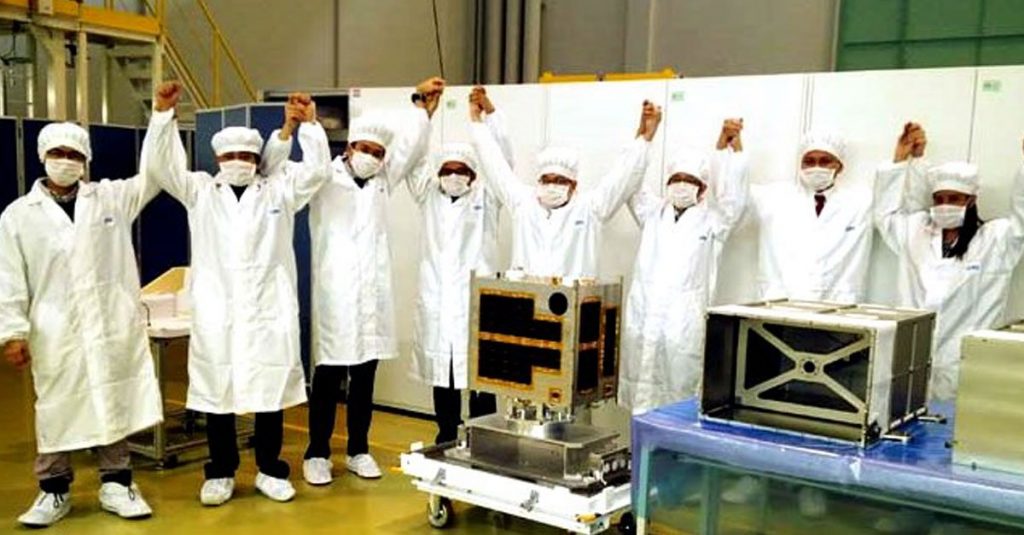DIWATA (Image from gov.ph)
Possibly, a big achievement early this year is the planned launch of the first Pinoy microsatellite named “DIWATA” into space.
According to gov.ph, DIWATA is “the first all-Filipino assembled microsatellite” that will be launched into space this April. Department of Science and Technology (DOST) officials has already turned over the microsatellite to the Japan Aerospace Exploration Agency (JAXA) to prepare for its space launch.
DIWATA comes with a handful of potential including:
- improved weather detection and forecasts,
- disaster risk management,
- detecting agricultural growth patterns,
- and monitoring of forest cover, mining, protection of cultural and historical sites, and the territorial borders of the Philippines
DIWATA was built with an PhP 800 million budget and the program ran for three years. It is the first microsatellite designed, developed, and assembled by Filipino researchers and engineers with the guidance of Japanese experts from Hokkaido University and Tohoku University.
(Image from gov.ph)
The Filipino team was composed of seven engineering students from University of the Philippines (UP) and two science researchers from DOST’s Advanced Science and Technology Institute (DOST-ASTI). The team was sent to Tohoku University and Hokkaido University in Japan to work on the microsatellite bus system and payload design while pursuing advanced degrees, as part of the PHL-MICROSAT program.
(Image from gov.ph)
Included in the three-year program is the development of a second microsatellite (DIWATA 2) that is set for launch in 2017.
A Look at DIWATA
The current DIWATA has a high-precision telescope (HPT) that can identify the damages from disasters, like typhoons and volcanic eruptions. Moreover, it can track changes in cultural and natural heritage sites, like the Mt. Apo or Mayon Volcano.
It also has a spaceborne multispectral imager (SMI) with LCTF that can monitor changes in vegetation and monitor oceans productivity.
It also comes with a built-in wide-field camera so scientists and weather forecasters can have a better look at cloud patterns to help them accurately predict weather disturbances.
How cool is a Pinoy microsatellite in space, right? What do you think of DIWATA?







